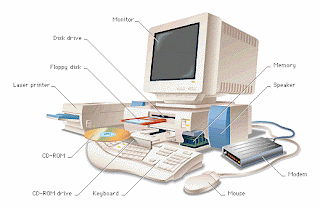Of Pistons and Power
 Let’s face it, cars can be confusing. Car repairs and car parts can be even more so. For that matter, if you ever go shopping for a new car, you will probably have a salesman trying to impress with as many technical terms as he can. What exactly are dual overhead cams and do I really need them (answer-not really) Don’t worry though, we are offering up this little guide to help you out.
Let’s face it, cars can be confusing. Car repairs and car parts can be even more so. For that matter, if you ever go shopping for a new car, you will probably have a salesman trying to impress with as many technical terms as he can. What exactly are dual overhead cams and do I really need them (answer-not really) Don’t worry though, we are offering up this little guide to help you out.
Horsepower is undoubtedly one of the most common terms you will ever hear. The more horsepower the more power you have right? Yes, but how much do you really need? It’s some complicated science but 1hp equals 550 foot pounds of work per second, or the amount of work done by one pound of force over the distance of one foot. All you really need to know is the more horsepower the faster you can go. High end sports cars like Ferrari can produce an amazing 700hp plus. A muscle car might range around 600hp or so. Your average sedan on the road will usually be anywhere from 170-250, give or 20hp.
Liters, cylinders and pistons are other terms you have no doubt heard as well, such as a 3.5 liter, 6 cylinder engine. Here is what it means. Every engine has pistons that pump up and down inside a tube shaped cylinder, one for each piston, so 4 pistons would equal 4 cylinders. Fuel needs oxygen to burn, so as the pistons pump up and down they suck air into the cylinders. The air is then mixed with the fuel and ignited to create the energy needed to move your car.
“Liter” refers to the volume of air that the cylinders suck in during a cycle. So a 3.2 liter engine takes in 3.2 liters of air. Gasoline mixes with a proportion to the amount of air used, but in general, the more air the more powerful your combustion. So a 2.4 liter 4 cylinder engine has 4 cylinders with 2.4 liters of air. The average car will be 4 or 6 cylinders, while sports cars are often 6 or 8 but some, like the Rolls Royce, are famous for their 12 cylinder engines.
Anybody that’s into cars at all will have heard of a V6 or v8 engine and it is a surprisingly simple term. The number beside the V is the number or pistons (or cylinders) that an engine has. The V literally refers to the physical configuration the cylinders are in. There are other configurations as well, such as the inline and H shape, but the V is the most conducive to power and efficiency, which is why it is standard for most high performance cars.
So see? That’s not so confusing now. Of course, there are plenty of other terms to learn, but now you can ask your friends how many liters their car is and laugh as they scratch their heads.
